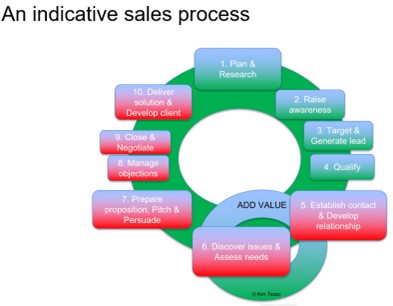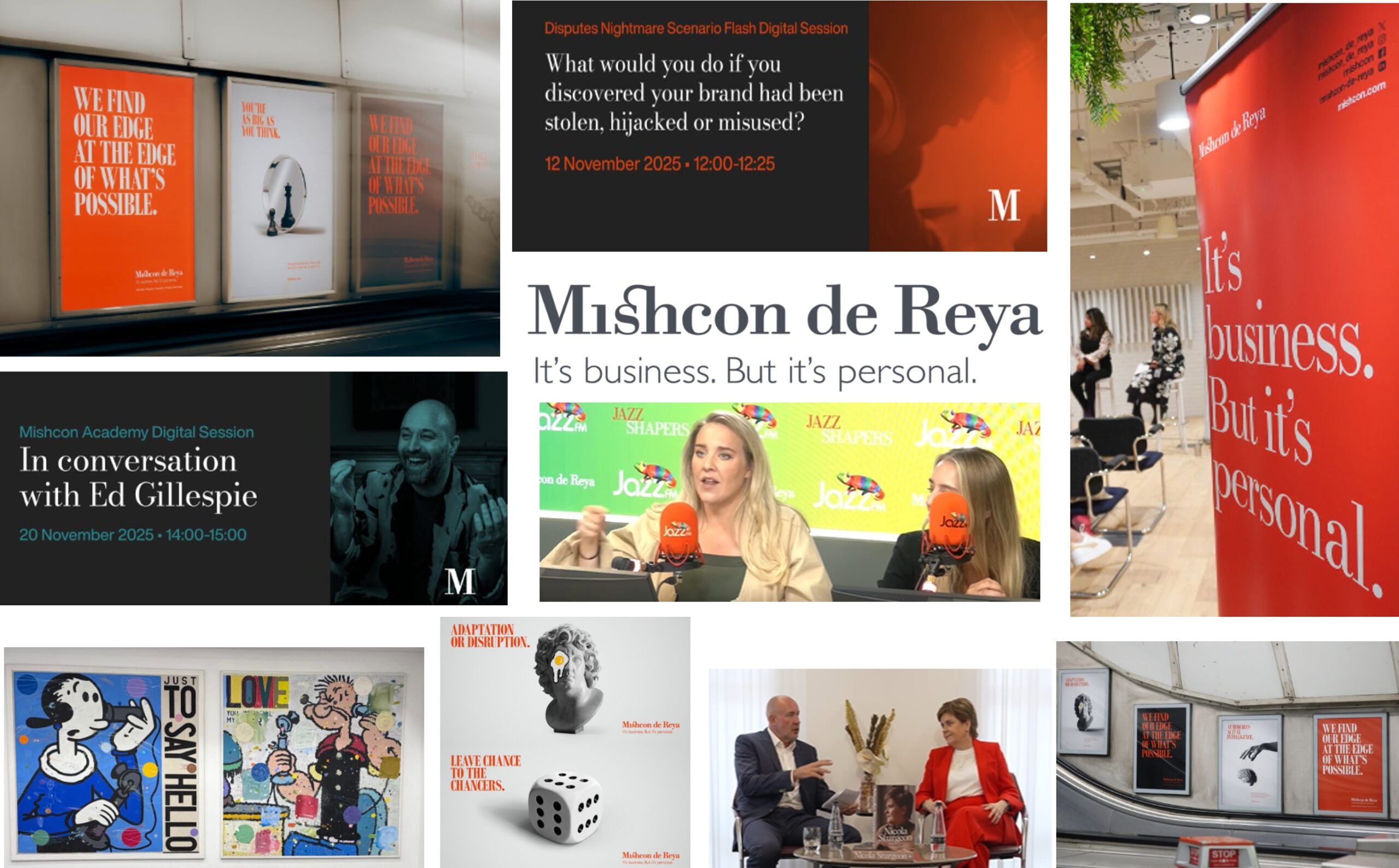
At a recent MBL workshop “Pick up the phone! Client service and sales opportunities for professionals in the digital age” some key issues emerged: Telephone skills: Anxiety, voice, etiquette and the client experience.
Anxiety around picking up the phone
Delegates reported that they observed that there was more nervousness and some anxiety around picking up the phone. There were a number of possible explanations.
Some felt that the Covid pandemic was responsible. All communications were disrupted during lockdown – the telephone once again became a valuable means of communications in the absence of face-to-face meetings. And partly because during this time, when people were working from home, it was hard to learn telephone skills from the people around you.
Some felt that was a generational issue – younger people were more comfortable using digital communication such as WhatsApp, SMS texting and other instant messaging (IM) platforms. And they often resorted to emails rather than the telephone. This topic is explored well in the recent book Book review: Digital Body Language – How to build trust by Erica Dhawan (kimtasso.com). For less experienced people, the telephone is a medium where – as it is a truly interactive mode of communication – there was little control and more uncertainty. You are put on the spot – unable to prepare or consider what you might say as you can with email communication. Others observed that more senior and experienced (and therefore confident) advisers preferred the immediacy of the telephone.
Others reported that it was increasingly difficult to get through to the right people – whether this was because of the use of gatekeepers or the busy schedules of the people they were trying to reach. Landlines are a rarity.
Telephone calls are intrusive – whereas people will read emails at a time that suits them, telephone calls can be intrusive. Calls may interrupt people when they were focused on something else. Some people feel anxious about the potential difficult interactions or rejection that might ensue.
I observed that there are also sector differences – for example, those in the property and real estate sector were far more likely to prefer telephone over email communications.
We discussed a number of things to help reduce anxiety including:
- introductory training for new and younger members of staff
- allowing people time to prepare for calls and complete research
- adopting a more positive mindset and relaxing in the right environment
- managing expectations about the likely outcomes from both inbound and outbound calls
- providing policies and checklists to support people
- sharing best practice on common scenarios
- using social media to see when people were most likely to be available
- asking PAs about the best time to call and
- allowing people to sit near to more experienced advisers so that they could hear their telephone interactions
This article explores confidence and self-confidence Be more confident and convey confidence – top tips (kimtasso.com)
The importance of Voice
Non-verbal communication (NVC) was discussed too. Telephone excludes the use of visual cues which are so important in communication and the development of rapport and trust (see the 13 minute explainer video on NVC). This means that your voice becomes much more important in conveying confidence, authority and the right tone.
Ideally, on the telephone we need to sound relaxed, confident and unhurried. We need to convey that we are devoting our full attention to the call – the need to be perceived as being “present” is mentioned below). And this is hard if we are anxious, inexperienced and under a lot of pressure to manage a large workload and generate results.
Telephone etiquette guidelines
We covered lots of points on preparation, skills, conversations, rapport, questions and listening skills (see the video on active listening).
Some firms provide basic telephone skills training for all staff – to underline the importance of their telephone behaviour on the overall perception of the brand (e.g. consistency with the agreed style and tone of voice) and the quality of the customer experience.
Many delegates found a refresh on the 7Ps of call handling excellence helpful – Be:
- Prepared
- Present
- Polite
- Patient
- Personable
- Professional
- Proactive
There are several sources of information on telephone etiquette, for example:
What are the 7 P’s to Achieve Call Handling Excellence | Eare Search Fund
The Best Advice to Follow When Placing a Business Phone Call | TRUiC (startupsavant.com)
Customer Service Phone Tips | SkillsYouNeed
Telephone as part of the client experience
We focused on telephone enquiries (inbound calls) and “cold” calling (outbound calls). But the telephone plays an important part during the delivery of professional services and impacts on the client or customer experience. It was interesting to hear that some firms combined enquiry handling and onboarding new clients where other firms separated these activities.
Some of the issues to consider when thinking about the use of the telephone in the client experience:
- Accessibility – How easy is it for callers and clients to get through to the person they want to speak to? How easy is it for them to get through to right person if they aren’t sure who might be able to help? How long does it take for a caller to get through to the person they want to speak to? Some firms have automated systems that direct people quickly, others use a more personal approach to call direction. Some firms have complicated systems for diverting calls to different teams and a rota of people available to take calls. Many firms and professionals will give direct dial or mobile numbers to ease these issues but then there might be problems with receiving out of hours calls or re-directing callers when you are busy in meetings.
- Ambient noise – With people working in offices, and especially within an open plan environment, the telephone can pick up background noise. This can be distracting for both people on the call – the receiver and the caller. It can mean that is harder to hear what is being said and thus impair the quality of the interaction. This can cause frustration. In extreme cases it can lead to irritation and impatience. Headsets can reduce ambient noise but the best solution is to provide sound proofing. Those working from home might have different ambient noises – pets, children, neighbours and local construction works.
- Confidentiality – I remember vividly sitting in one of the meeting rooms at the Institute of Directors in London whilst the gentleman in the table next to me spoke in detail about a sensitive transaction on the phone. Advise clients if you are not in a private space and explore other times or ways to communicate. And check that they are in an appropriate space if you want them to provide sensitive information.
- Fast follow up – After a telephone call you are left with a feeling – hopefully positive (e.g. relief that things are in hand, reassured at the person you spoke to can help). So you should build on that feeling with a fast and relevant follow up. It looks efficient and it feels attentive and caring. We talked about some frameworks in how to structure follow up communications at the session. And while many firms use systems and templates to help with this, it needs to feel personal – to continue the relationship started on the phone call.
- Location of call – With so many people using mobile phones, you don’t know where they are or what they might be doing when the call takes place. If they are driving (with a headset, hands free set up) it won’t be possible for them to take notes or to look things up. It’s the same if they are walking down the street or between locations. Adapting your style is necessary if they aren’t seated at a desk in their usual place of work.
- Mystery shopping – Many firms hire mystery shopping research services to explore the client experience of reaching the firm through the telephone. From this they can identify areas of improvement and set benchmarks for performance.
- Preferences – Some people prefer calls, some emails and some texts. Some people have multiple phone numbers. You should note on your CRM and other systems the preference of individuals and observe them. Remember too about the telephone preference service when making outbound calls. And also the professional regulations about calls.
- Responsive – Clients infer a lot about the efficiency and professionalism of a service by how telephones are answered. How quickly are telephones (and messages) answered at your firm? Some firms have software that monitor the speed of call answering and provide statistics on performance which are measured against promised standards.
- Time zones – In our increasingly international world, there will be the challenge of making and receiving calls in the right time zone. Outsourcing call handling has a role to play here – although you may be sacrificing the ability to start or manage a relationship.
- Voicemails – You need good discipline for people to constantly update their voicemail messages – there’s nothing worse than hearing an out-of-date or incorrect message. It conveys a lack of care and accuracy. And if the volume of calls means that diversion to voicemail is a frequent occurrence, then give the caller other options – to return to the switchboard, details of other people to call or other communications methods (e.g. web site, chat bots, email addresses etc).
- Voice recognition – No, I’m not talking about technology here. But when someone calls regularly (and there are occasions when you can’t see the Caller ID) it helps if you recognise the voice on the other end of the line. I remember a client of one of my clients telling me that they were irritated when they called almost daily but on every occasion were asked “Who’s calling please?”
Spelling out words – Phonetic list
Where you have to capture accurate details shared during a call, many people use the phonetic list. It’s here as a reminder and often included in training programmes. Although cultural sensitivity is needed.
- A – Alpha
- B – Bravo
- C – Charlie
- D – Delta
- E – Echo
- F – Foxtrot
- G – Golf
- H – Hotel
- I – India
- J – Juliet
- K – Kilo
- L – Lima
- M – Mike
- N – November
- O – Oscar
- P – Papa
- Q – Quebec
- R – Romeo
- S – Sierra
- T – Tango
- U – Uniform
- V – Victor
- W – Whiskey
- X – X-ray
- Y – Yankee
- Z – Zulu
Related articles on telephone skills
Does Zoom/Teams replace telephone calls? Telephone skills workshop (kimtasso.com)
Telephone skills workshop – 11 key points (Kim Tasso)
Enquiry management: Converting more telephone enquiries (kimtasso.com)
better business relationships with telephones (kimtasso.com)
Sales and selling tips: 11 point plan for cold calling – Kim Tasso
Practical sales tips: Reach out and Follow up (kimtasso.com)
Book review: Digital Body Language – How to build trust by Erica Dhawan (kimtasso.com)
Book review – Persuasion: The art of influencing people by James Borg (kimtasso.com)
Delegate poll results
Some of the things that delegates found most useful included:
- Empathy and emotional intelligence (EQ) – see a short video. We also talked about the EQ diagnostic with this book Book review – Emotional Intelligence 2.0 (kimtasso.com)
- Navigating discussions about price (see 10 tips on price communications for professionals – Kim Tasso)
- Call answering services such as Moneypenny: Answering Services from the World’s Leading Provider
- Preparing and structuring calls
- Follow up emails – using the 5Cs framework. Checklists and automation for follow up
- Using case studies, directory submissions and pitch portals to learn stories to relate to clients (but take care with confidentiality)
- Guidance on answering frequently asked questions and managing typical objections
- Thinking about what you are selling, benefits of your service and how to differentiate
- The lead times for prospecting for new business
60% of the delegates were in business development roles and 20% were delivering advice to clients. 80% were from law firms and the remainder in accountancy firms. 60% of the delegates had some formal or informal sales training. 80% felt their personality was mostly dog and the remainder cats (see introductory video on dogs, cats and bears personalities).
50% were primarily interested in responding to and converting enquiries, 25% in building relationships on the phone and 25% to reach people proactively. 60% were clear on their messaging during calls. Everyone had good or really good technical product knowledge. Most had some integration between marketing systems and sales plans and activities. However, there was significant variation in the information available before making outbound calls.
“Cold” calling was used for a variety of reasons – to initiate a conversation, to find out information, to get the client to agree to something or to secure a meeting. Two thirds spent about two hours preparing and researching before a “cold” call.







